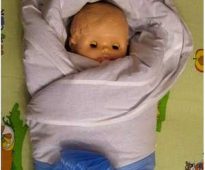 How to wrap a baby in a blanket?
How to wrap a baby in a blanket?
Choosing bedding density: everything about calico
Quality bedding is no longer in short supply. Such goods are in abundance of options offered in hardware stores. However, a wide variety has caused another question: what is better to buy for daily use: flax, polyester, calico or satin? All fabrics have their own characteristics, different density, durability. Familiarity with new bedding should start with a label. It is there that one can find one of the most important indicators of the fabric - density. This publication describes in more detail the density of bedding, the rules for its selection, the main features of the coarse calico, its advantages.
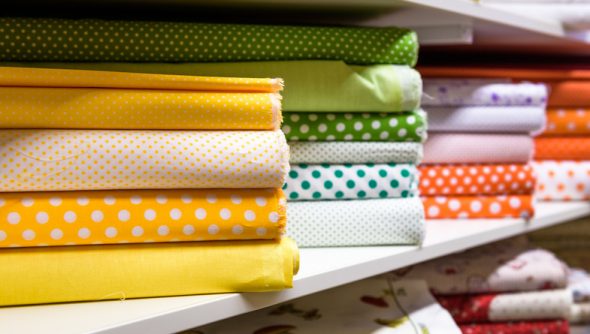
Calico is a quality and inexpensive fabric, perfect for bed linen.
Content
Types of fabric density
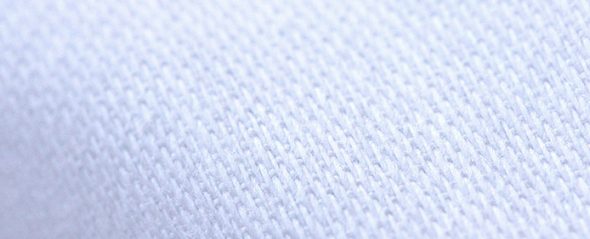
When choosing bed linen should pay attention to the density of the fabric.
There are two main types.
- Linear.
- Surface.
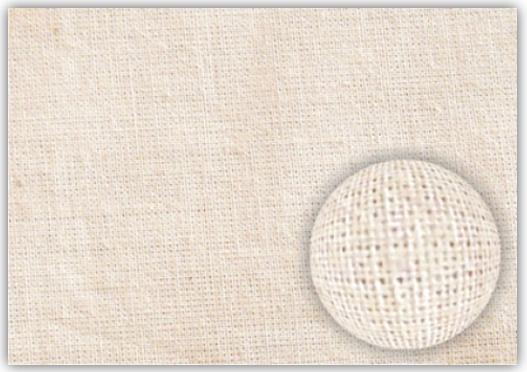
Linear and surface density are the most important indicators of quality that determine strength, durability and wear resistance
Linear is measured by the number of threads per square centimeter, surface - g / m2. Each type of density has its own characteristics. So, the surface is an individual indicator. It is different for each type of textile. This factor is influenced by several factors: the torsion of the fibers, the density of their fit, the method of interweaving with each other.
Linear density is the weight of the fabric per square meter. If the raw material contains little thread, then its rate will be low. In many ways, the weight of the fabric depends on the thickness of the threads. The linear indicator can be low, below average, medium, above average, high, elevated. The appearance of bed linen, its resistance to washing, transparency and quality depend on two types of density of the raw materials.
Table
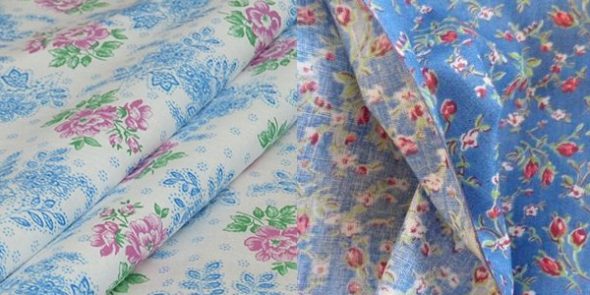
Fine translucent chintz fabric
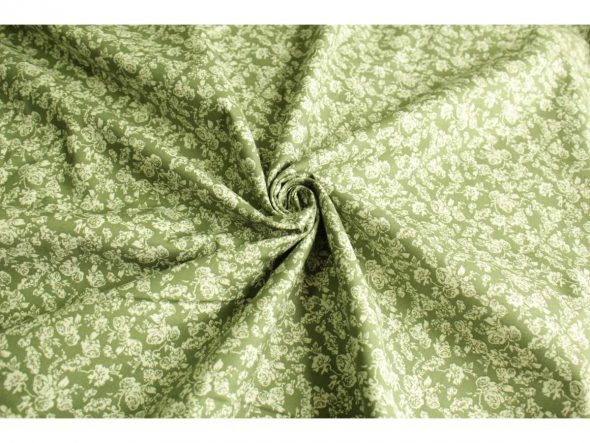
Matte, smooth cotton, pleasant to the touch
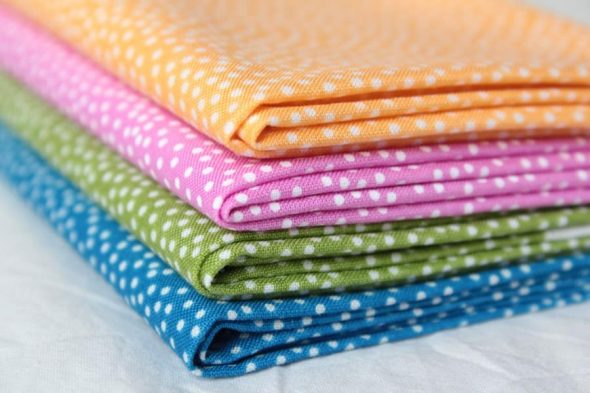
Pollykoton - mixed material, combines all the positive characteristics of natural and synthetic fibers
Various textiles are used for sewing bed linen: cotton, calico, chintz, flax, poplin, etc. The table shows the density of the threads of the most popular fabrics, their brief description.
| the cloth | Density | a brief description of |
| Chintz | 75 to 110 | It has a very low demand. It is a textile weave. Externally - translucent. |
| Cotton | 50 to 150 | Cotton indicators depend on quality, method of production. With the right approach to the production process, cotton has excellent wear resistance. |
| Polycotton | 100 to 125 | This material is made of cotton, polyester. He does not "sit down" when washing, pleasant to the touch. |
| Poplin | 115 | In this textile threads of different thickness are interwoven. It shines, comfortable during sleep. |
| Satin | 120 to 140 | Satin has an attractive, shiny surface. Differs in long service life. The cost of sateen is high. |
| Calico | 50 to 140 | The quality of the fabric is directly dependent on the density.You must select products with the highest possible rate. |
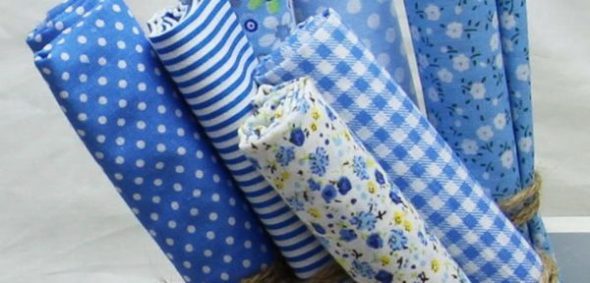
Poplin - cotton fabric, which is obtained by alternately intersecting thin vertical threads and thick longitudinal threads with each other
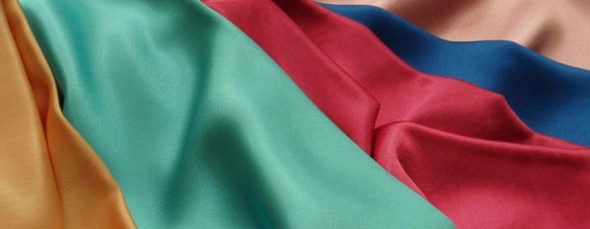
Sateen - the fabric made from the cotton fibers twisted and bound by a double interlacing
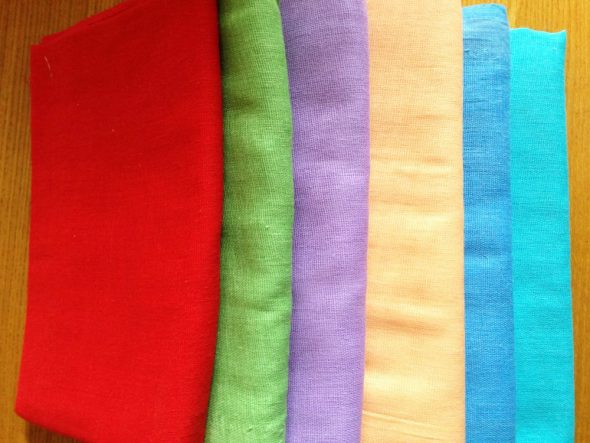
The coarse calico is made on a cotton basis, it has a high density, it is created using the weave of 4 types of threads
Satin, calico: choose the best option
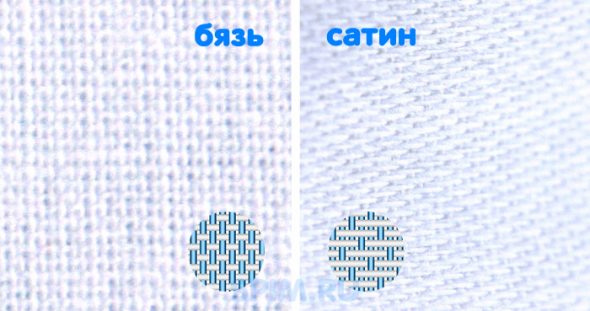
These fabrics differ in various ways of weaving cotton threads, density, softness, appearance
Having chosen a natural, eco-friendly cotton fabric, many have a dilemma: to buy satin or calico? These two options have very similar qualities, so the choice usually becomes between them. Natural raw materials endowed the materials with excellent breathability, safety, and wear resistance. A significant difference can only be the price. Satin products usually have a much higher price.
Which option to choose? To make a choice, you need to know the main differences between the materials. The main one is the production technology. In the manufacturing process using different methods of weaving, twisting threads. In the first case, apply a dense thread with a special thickening along the length. For this reason, calico has a slightly rough surface. You can feel it by running your hand over the product. However, this technology does not affect the durability. In everyday life, the fabric will last for many years, while careful washing will easily retain its original appearance.
Satin has an attractive appearance. Its surface is uniform, smooth, very pleasant to the touch. According to many studies, satin is able to survive more than two hundred washes. If you follow the correct temperature, bedding from satin for many years in a row will retain its original color, comfort.
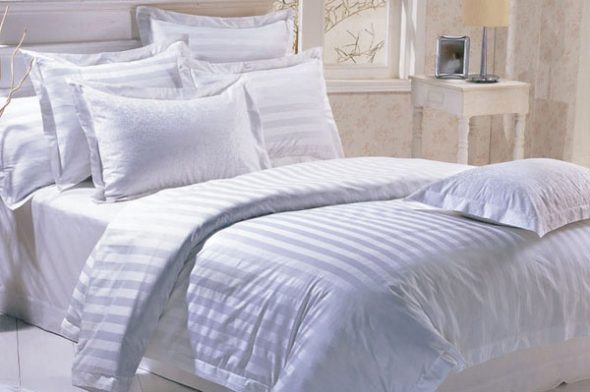
Satin successfully combines the tenderness of silk and the warmth of cotton.
Of the representatives of cotton fabrics, satin is the most expensive material. He does not have any major drawback. The only negative point of sateen is the high price. However, it is fully justified by the highest performance.
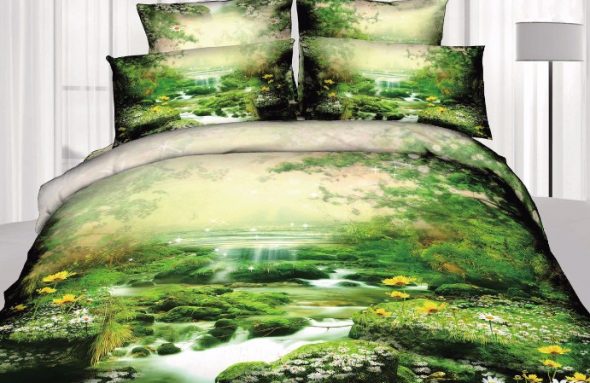
Bed linen from sateen - the best compromise of a ratio of the democratic prices and high quality
Choosing between sateen, coarse calico, it is important to soberly assess their own financial capabilities. Other parameters of these materials are quite similar.
Calico: density, detailed characteristics

Coarse calico - a dense fabric designed for sewing bed linen, which does not wear out for a long time, and workwear
Proceeding from economy, many housewives choose bedding from coarse. This type of fabric is devoid of gloss. It consists of dense weaving, thick threads. The structure of the product is well visible. It gives it a certain charm. The composition is absolutely natural, eco-friendly. It consists of pure cotton. Among other undeniable merits of bed linen can be noted.
- High breathability. During sleep, the body will breathe, the excess moisture will evaporate. All this creates ideal conditions for recreation.
- Abrasion resistance. Daily operation can lead to the unsuitability of any thing. However, 100% thick cotton is resistant to mechanical damage, frequent washing. He resists abrasion well.
- Affordable price. Raw materials inexpensive, affordable. The cost of the product will directly depend on the quality, density of textiles.
- A variety of designs. High comfort, durability play an important role in the process of selection of bed linen. But no less important are its external qualities. The benefit of modern manufacturers offer a wide selection of product design.
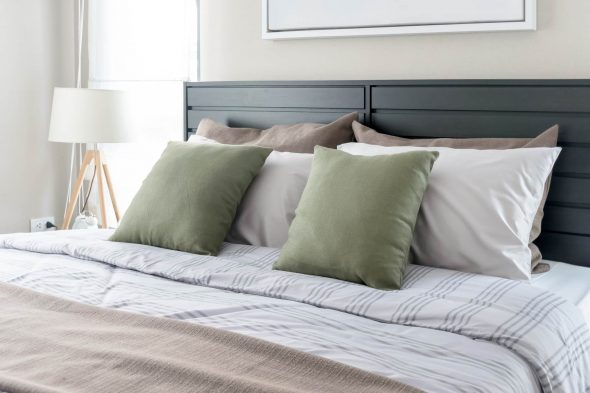
Quality linen is determined by the density, manufacturer and correctness of the pattern.
The compaction of the fabric is different.It can vary from 50 to 140 threads per square centimeter. High-quality bedding has a high accuracy of thread, a thin thread. Usually its cost is much higher than other copies. In the manufacture of bedding materials used from 120 to 140 g / sq.m.

Bed linen of coarse calico will last a long service, because the fabric is very durable
This range is considered optimal for all criteria. This fabric is able to withstand frequent washing, resistant to physical wear. Calico with compaction below 120 is more acceptable for the price. However, this option of bedding will leave behind not the best impressions.
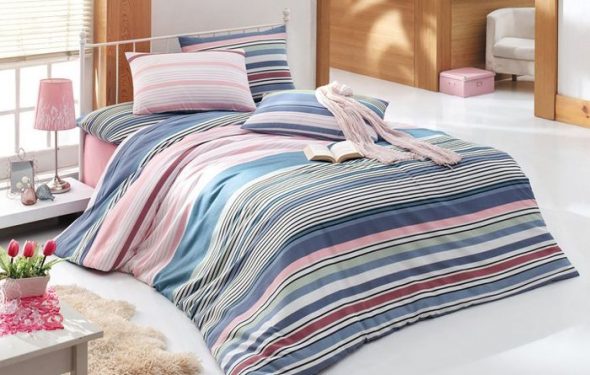
Bed linen from calico is made of cotton threads and is natural and environmentally friendly.
Cheap bedding can turn into a “gauze” literally after the first wash. Outwardly, it will resemble cheap chintz. For this reason, saving on the purchase is strictly prohibited.
Kinds
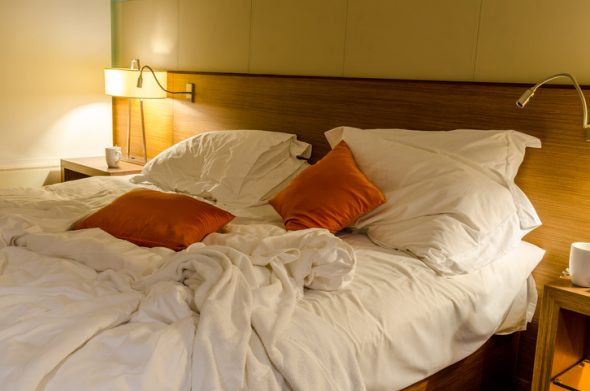
Bed linen from coarse calico can be white or colored.
Modern bed linen is made of various types of coarse calico:
- harsh

Durable wear-resistant coarse calico - 100% natural cotton
- bleached,

Bleached calico thinner and harsher to the touch
- plain painted
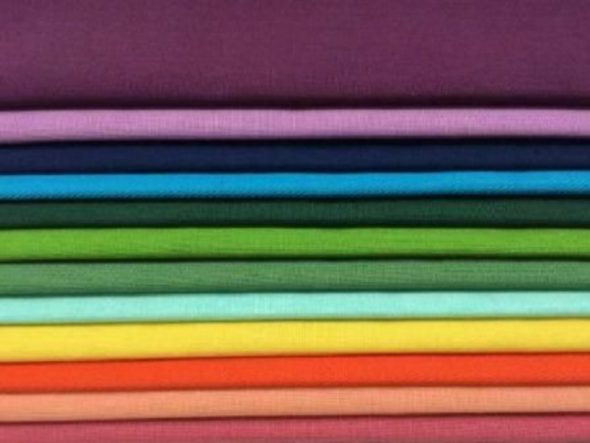
Smooth-dyed coarse calico is used for tailoring monophonic bed linen
- printed,
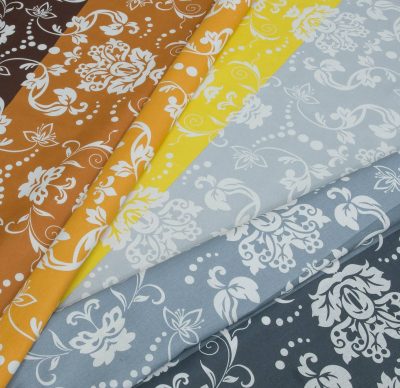
Printed calico - the most beautiful fabric of all types of calico, thanks to the various patterns that are applied to it
- ranfors.
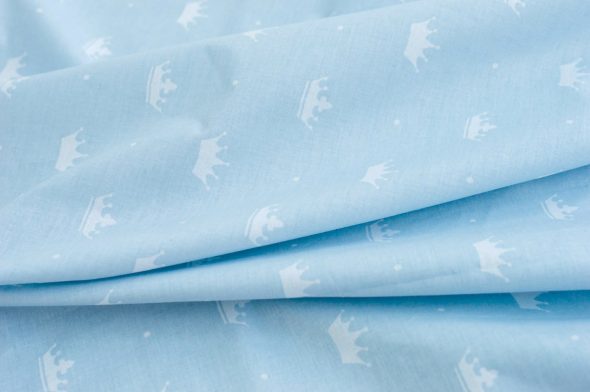
Ranfors - natural cotton fabric, which is durable and practical
To choose the most suitable bedding, you must consider the characteristics of each type separately.
Severe calico is rarely used in production. However, also involved in the arrangement of the bed. The severe cloth is applied to an upholstery of upholstered furniture. It has a yellowish color, high compaction. Sometimes it is used for sewing clothing. But then the canvas is subjected to staining.
Bleached calico has a more attractive appearance. It is thinner, more pleasant to the touch, snow-white. Such textiles usually have a density of 125 g / sq. This is quite enough for the production of high-quality, durable textile accessories. Sometimes bleached cloth is used in the manufacture of shoe covers, medical clothing. It shows excellent performance in difficult conditions.
Smooth-colored in its structure is identical to the previous form. But there is one difference - a different tone. In the manufacture of material is painted. Plain dyed fabric is used in the production of cheap linen. It is often purchased for use in cheap hotels in the country. Sometimes this canvas is used as a lining in suits, coats, jackets.
Printed sheeting fabric is very popular. High popularity due to the presence of a variety of patterns. Bright, colorful, interesting sets attract the attention of consumers from the shelves of many hardware stores. Printed material has good performance properties. From it sew pajamas, children's costumes for the summer, various women's clothes.
Ranfors has a compaction of 120 g / sq.m. These are premium textiles. At its production special yarn from expensive grades of cotton is used. Its fibers tightly abut each other, the surface of such a yarn turns out to be very delicate, perfectly flat. Ranfors has a high strength, durability. Linear compaction of this fabric is much higher than that of other representatives of cotton.
Choose sheets, duvet covers correctly
When choosing bedding accessories, several basic rules must be considered.
- The size should clearly match the size of the mattress. The sheet should not be crumpled, removed from the mattress during sleep. It will disturb, bother. A crumpled sheet will leave unpleasant marks on the skin, press over.The result will be an unhealthy, intermittent sleep. There are different sizes: single, double, children, family, etc. When you specify the size, the parameters are decoded more directly on the package.
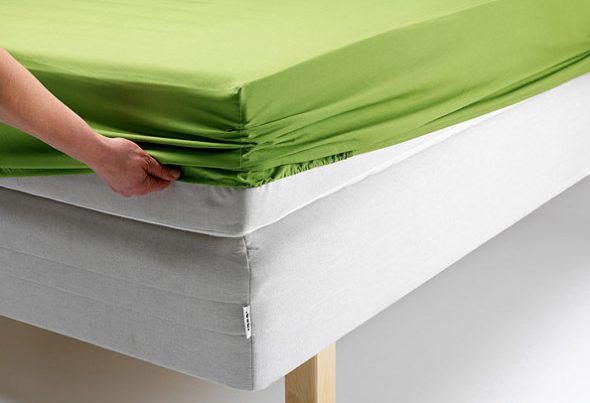
The size of the sheet is selected depending on the size of the mattress, the most convenient are sheets with elastic
- The quality of tailoring bed linen should be excellent. You must carefully examine the duvet cover, sheets, pillowcases for defects.
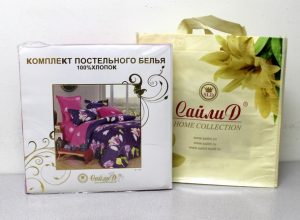
High-quality packaging features high-quality underwear.
You should also pay attention to the label. It should indicate the high density of textiles. If the rate is low, the purchase of the product is better to refuse. Already after the first wash, it will lose its appearance, it will “crawl” right in the hands.
- The design of the sheets, pillowcases, duvet cover should match the design of the bedroom. The harmonious atmosphere of the bedroom predisposes to high-quality rest. To create harmony is important every detail. Improper design even simple pillowcases can ruin the entire composition. Choose a set you need in a style similar to the style of the bedroom.
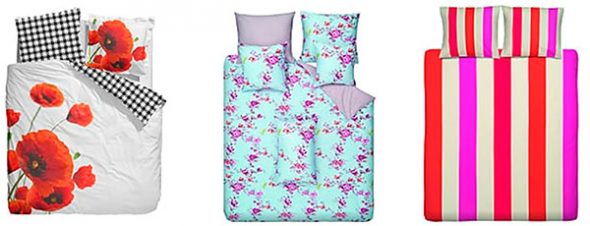
The color of the bed set should be in harmony with the other colors in the room
- The color of the set should not be too bright, defiant. Psychologists have long been proven a certain effect of color on the psyche. Too bright colors can excite the mind, negatively affect the process of falling asleep. Some colors can even affect the physical condition. So, red color affects people suffering from hypertension. Bright red shades can cause an increase in pressure, worsen the health of hypertensive patients. In addition, colorful textiles will eventually lose their saturation, attractiveness.
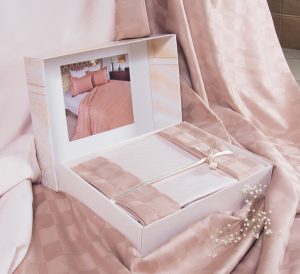
Light-colored bed linen does not shed when washing and will not distract from the rest
Video: Calico, poplin or satin on which sleep is better? Features of fabrics for bed linen
 How to wrap a baby in a blanket?
How to wrap a baby in a blanket?
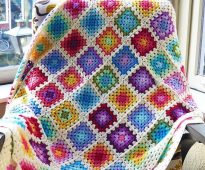 Knit a crochet crochet of yarn
Knit a crochet crochet of yarn
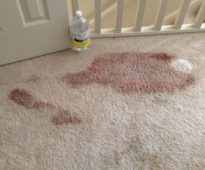 How to wash the blood from bed linen
How to wash the blood from bed linen
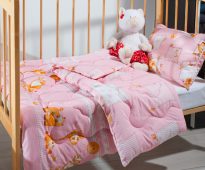 Baby blanket size
Baby blanket size
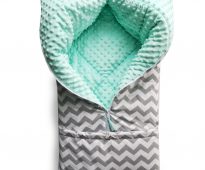 Blanket transformer for newborn
Blanket transformer for newborn






